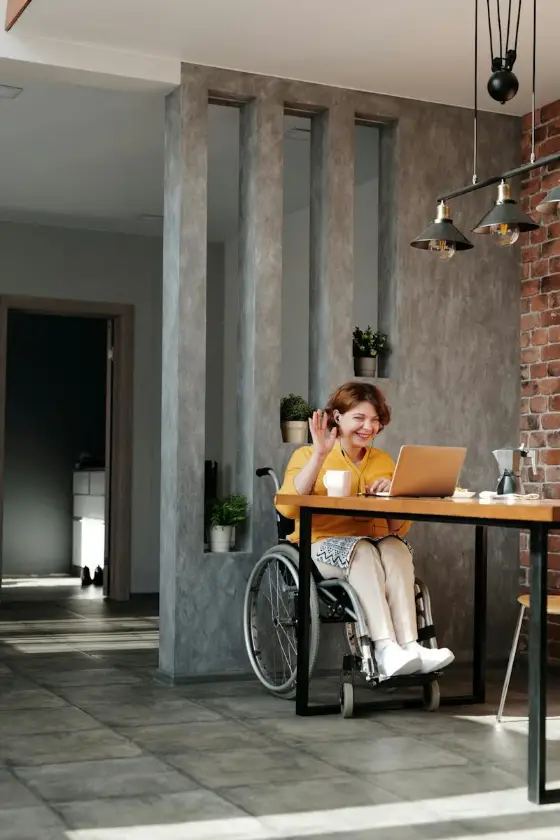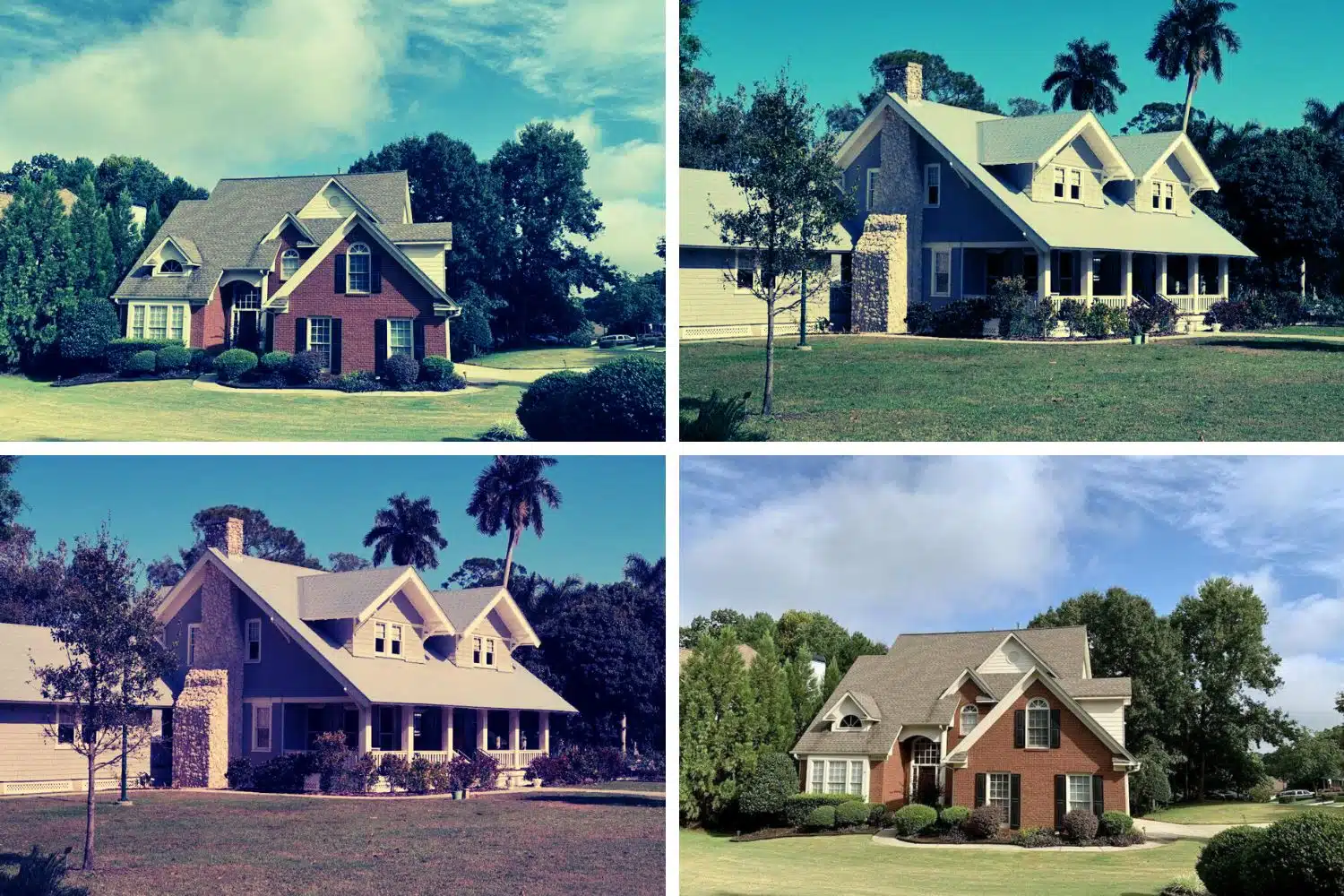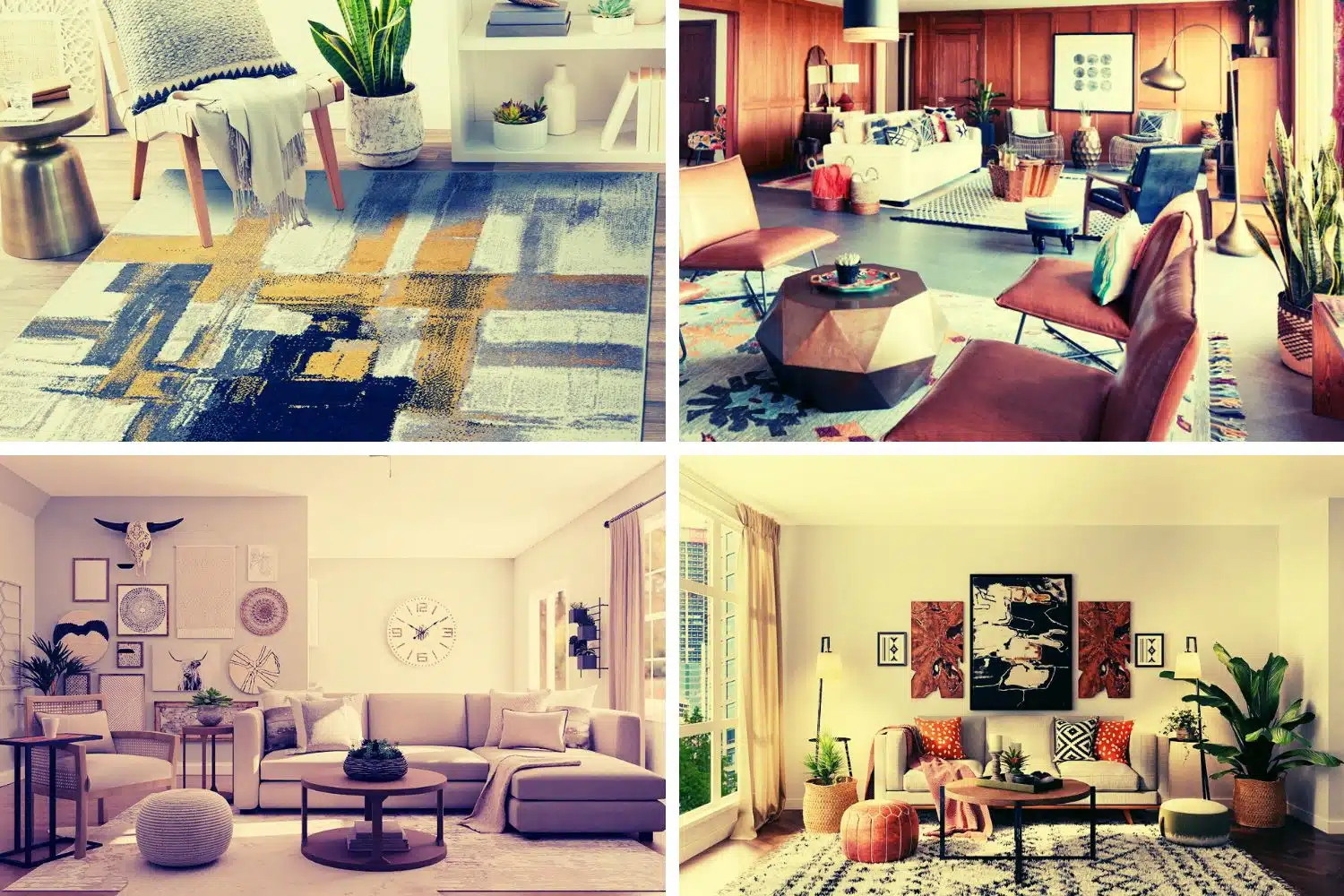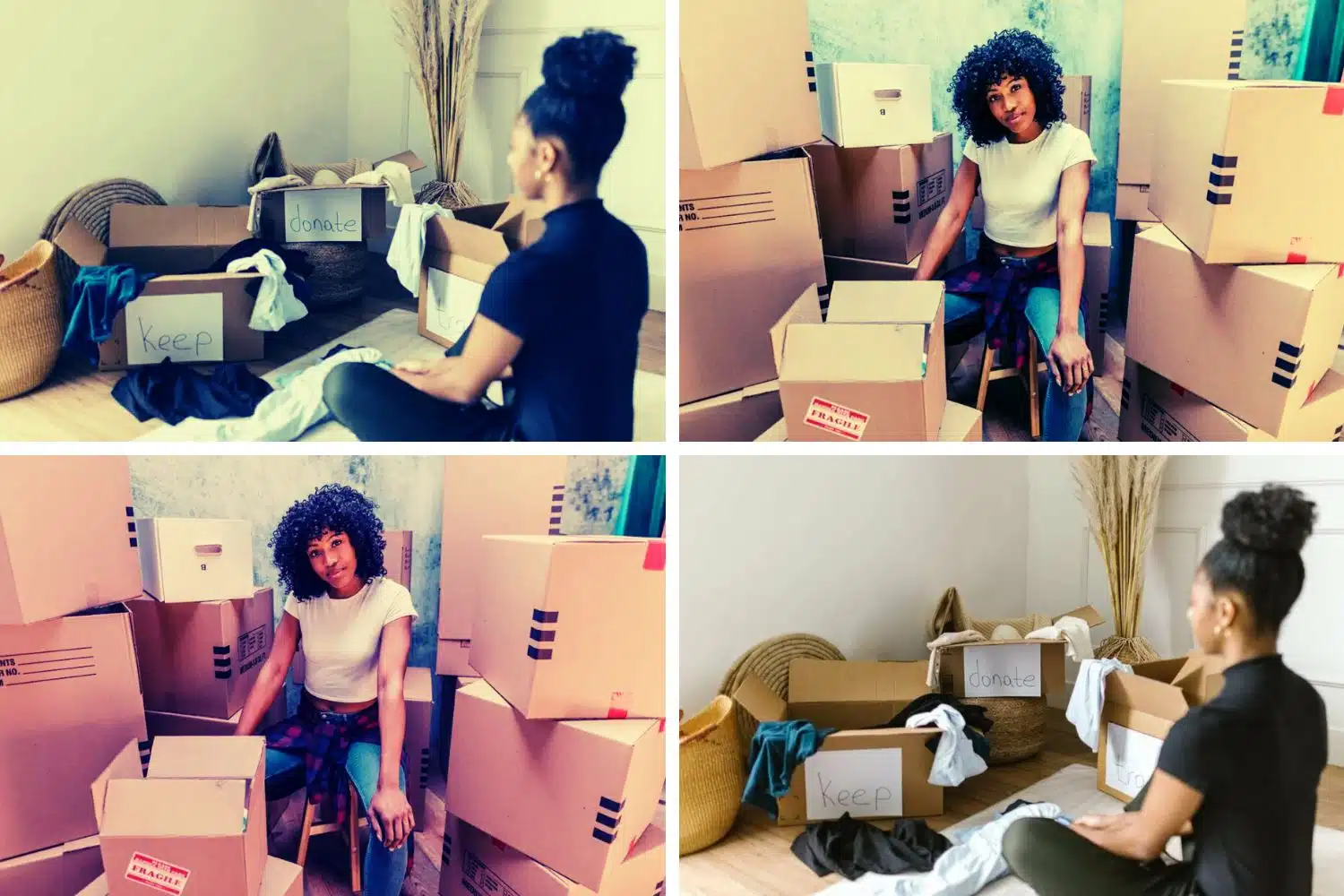When looking for a place to call home, there are a lot of things to take into account so that each member of the family can live in comfort and functionality. For families navigating the unique challenges posed by disabilities, finding a disability-friendly home is not merely a preference but a necessity. This blog post aims to provide practical tips and insights into the journey of securing a home that caters to the diverse needs of individuals with disabilities, fostering an environment where everyone can thrive.
Accessibility Matters

It is the cornerstone of inclusivity and goes beyond simple convenience. Prioritizing accessibility when looking for a home that meets the special needs of people with disabilities is synonymous with guaranteeing independence and equal opportunities. Wider doorways, stairlifts, and other features like these should be incorporated into a home’s layout to make it easier for people with mobility challenges to move around.
Whether the home is multi-story or single-story and has a well-thought-out elevator, the focus on accessibility makes a home feel inviting and allows all family members to move around freely and comfortably. In the end, accessibility is more than just a checkbox; it’s the key to creating a home where each family member feels included and empowered.
Financial Assistance and NDIS Housing
Navigating the financial aspects of securing a disability-friendly home can be challenging. Explore potential financial assistance programs, grants, or loans available to individuals with disabilities. In some regions, you can even find NDIS housing options for disabled people that provide both privacy and freedom. Understanding and utilizing these resources can significantly ease the financial burden associated with creating an inclusive living space.
Adaptable Design and Universal Spaces
Look for homes with adaptable designs that can be easily modified to accommodate changing needs. Universal design principles, which focus on creating spaces usable by everyone, regardless of age or ability, should be at the forefront of your search. Features like lever-style door handles, low-pile carpets, and well-lit spaces contribute to an inclusive living environment.
Thoughtful Bathroom Modifications
Bathrooms are often challenging areas for individuals with disabilities. Seek homes with already modified bathrooms or those with potential for adaptations. Roll-in showers, grab bars, and adjustable height fixtures are key elements to ensure that personal care routines can be carried out with independence and dignity.
Smart Home Technology Integration

Embrace the advantages of smart home technology to enhance the overall accessibility of your living space. From voice-activated assistants to smart thermostats and lighting controls, these innovations can significantly improve the quality of life for family members with disabilities. Ensure that the home is equipped for easy integration of such technologies.
Community Support and Amenities
Consider the surrounding community when selecting a disability-friendly home. Look for neighborhoods with accessible parks, medical facilities, and public spaces. Proximity to support groups and disability services can be a valuable asset. Moreover, a community that embraces inclusivity fosters a sense of belonging and support for everyone in the family.
Conclusion
It takes careful planning and intentionality to create a home that is handicap accessible. Making accessibility, flexible design, and smart home technology a priority will guarantee that your house becomes a haven for all members of the family. By considering community support, and amenities, and exploring financial assistance options such as NDIS housing, you can embark on this journey with confidence, creating a space where every member of your family can flourish.






